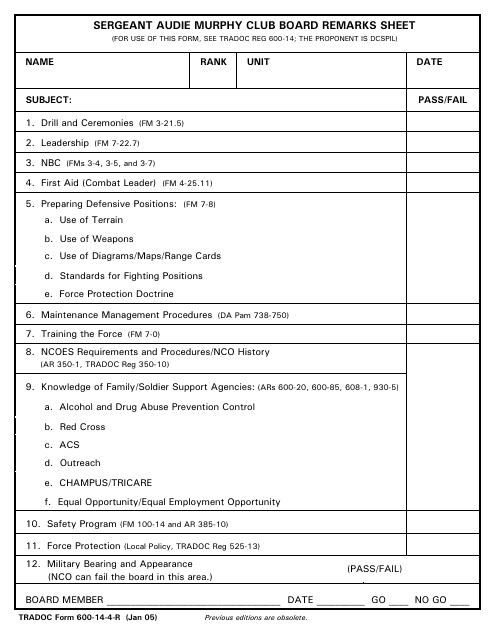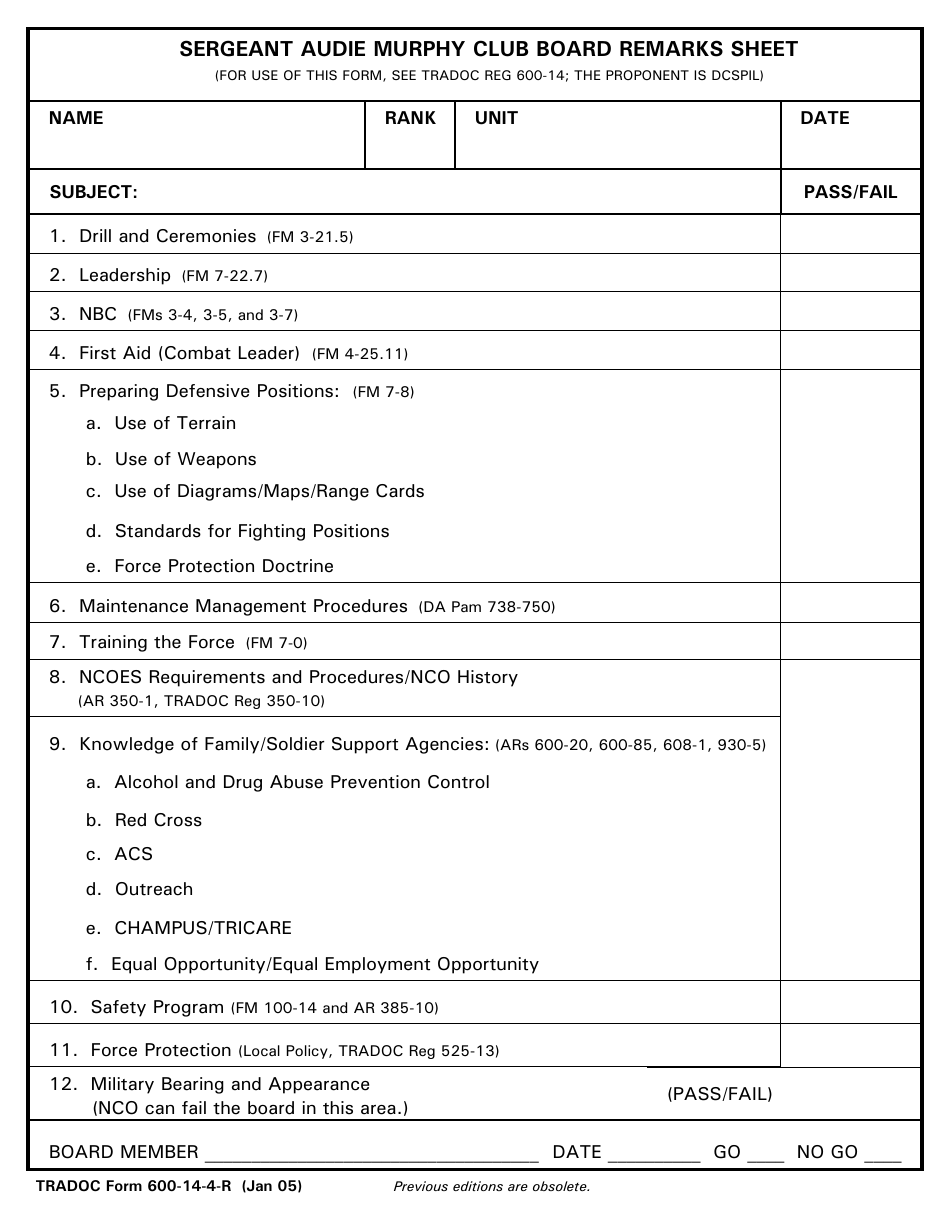

This work – among DTRA's most tactical and "quick turn," and often with immediate application in the field – requires expansive data sources, advanced information technologies, agile applicationsĭevelopment, and a tailored mix of forward–embedded and back–end fusion teams consisting of mission partners, customers, and DTRA’s experienced and trained analysts. We mitigate vulnerabilities through a robust portfolio of training, technical expertise, assistance with plans and exercises, leadership education (and decision support), and other material and non-material and partner capabilities – DTRA conducts mission assurance assessments to identify the readiness and efficacy of our own counter–WMD infrastructure and capabilities. Identifying vulnerabilitiesĪnd connecting disparate pieces of data, the Agency aids CCMDs (and others) to develop fuller understanding of threats and threat networks risk-tomission and risk–to–force and executable optionsĪdditionally – looking inward at U.S. Interagency, and international partners to analyze and synthesize WMD threat intelligence. With its worldwide presence, DTRA works by, with, and through other DoD agencies, elements of the U.S. We map its support networks and build counter–network approaches, then build tools and methods to protect U.S.įorces, mitigate risk–to–mission, and ultimately deter adversary action. Together technical, regional, and subject matter experts to identify nascent threat activity. vulnerabilities early – and develop solutions to mitigate them. In 2021, the Defense Department’s CTR Program celebrates 30 years of collaboration with foreign partners.Īs the nature of WMD threats, delivery systems, and adversary strategy changes, it becomes increasingly critical to forecast U.S. to over 30 foreign partners, enhancing global biosafety, biosecurity,Īnd biosurveillance.

Threat Reduction Program (BTRP) which builds capabilities to detect and track Especially Dangerous Pathogenic (EDP) diseases, and links the U.S. Of State and Energy, the Agency works with partner nations to prevent the proliferation of WMD and eliminate chemical, biological, radiological, and nuclear (CBRN) threats to the U.S., allies, and partners.ĬTR eliminates WMD stockpiles, provides support to consolidate, secure, and account for the materials, and enables partners to detect and prevent WMD trafficking around the world. Under guidance from USD(P) and in close collaboration with Interagency partners such as the Departments One way DTRA builds partner capacity is through the Nunn-Lugar Cooperative Threat Reduction Program (CTR). The Agency enhances international cooperation, interoperability, and provides partners with the tools and training to stop trafficking of WMD, its delivery systems, and related DTRA is the DoD lead for training and equipping partner nations in areas including border protection, nonproliferation,Īnd counter-smuggling activities. leadership in nonproliferation is essential to reducing the dangers posed by nuclear weapons. Enabling a global network of partners to counter the development, proliferation,Īnd use of WMD and emerging threats recognizes – as outlined in the President’s 2021 Interim National Security Strategic Guidance – that "many of the biggest threats we face respect no borders or walls,Īnd must be met with collective action." Nonproliferation

Through its Building Partner Capacity (BPC) programs, DTRA works with partner nations to enhance local and regional counter-WMD capabilities.


 0 kommentar(er)
0 kommentar(er)
